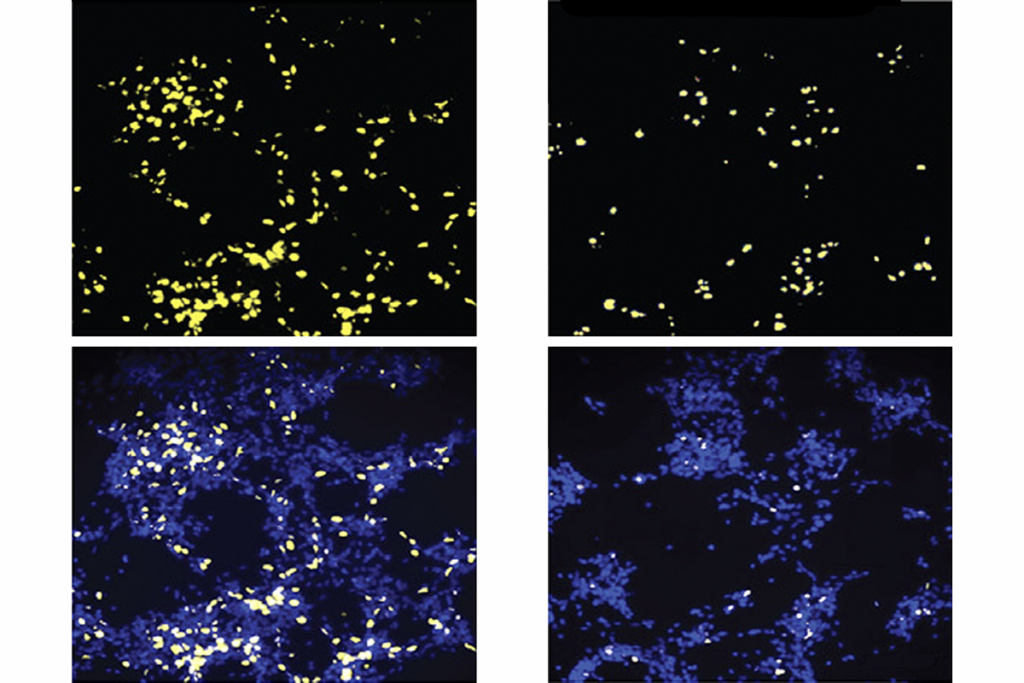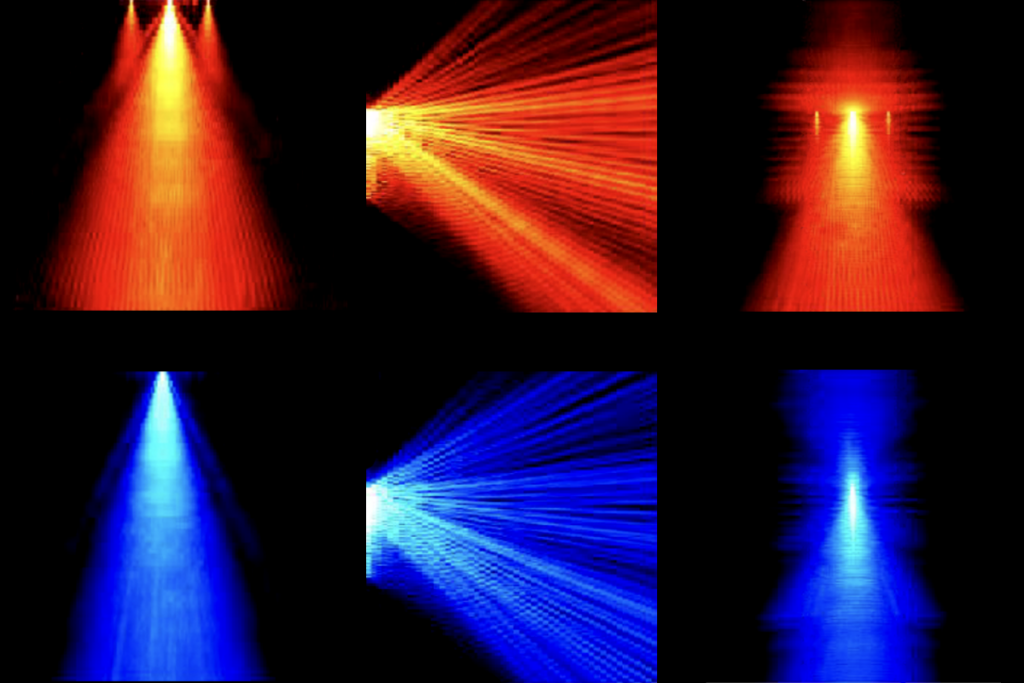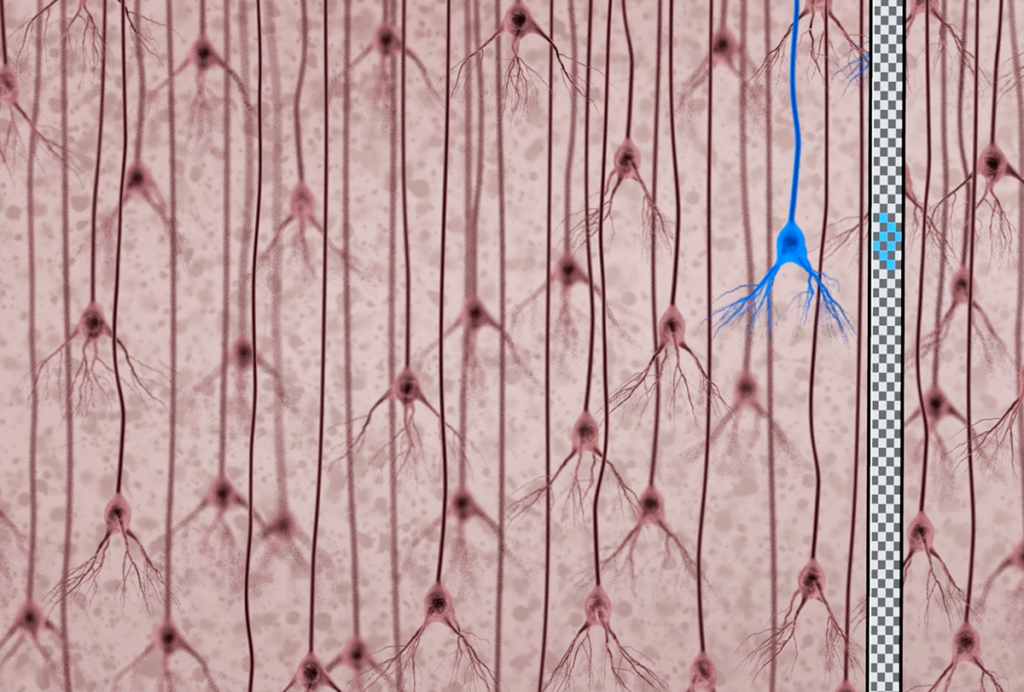Eric M. Ullian is associate professor of neuroscience at the University of California, San Francisco School of Medicine, where he leads a lab in the ophthalmology department.
Erik M. Ullian
Associate professor
University of California, San Francisco
From this contributor
Targeting brain’s star-shaped cells may yield autism drugs
Astrocytes modulate most — if not all — aspects of neuronal development. We need new techniques to study these star-shaped brain cells and their potential role in autism and other conditions.

Targeting brain’s star-shaped cells may yield autism drugs
Explore more from The Transmitter
Documenting decades of autism prevalence; and more
Here is a roundup of autism-related news and research spotted around the web for the week of 28 April.

Documenting decades of autism prevalence; and more
Here is a roundup of autism-related news and research spotted around the web for the week of 28 April.
‘Perturb and record’ optogenetics probe aims precision spotlight at brain structures
The tool provides a new way to characterize cells and study neuronal circuits.

‘Perturb and record’ optogenetics probe aims precision spotlight at brain structures
The tool provides a new way to characterize cells and study neuronal circuits.
Tracking single neurons in the human brain reveals new insight into language and other human-specific functions
Better technologies to stably monitor cell populations over long periods of time make it possible to study neural coding and dynamics in the human brain.

Tracking single neurons in the human brain reveals new insight into language and other human-specific functions
Better technologies to stably monitor cell populations over long periods of time make it possible to study neural coding and dynamics in the human brain.